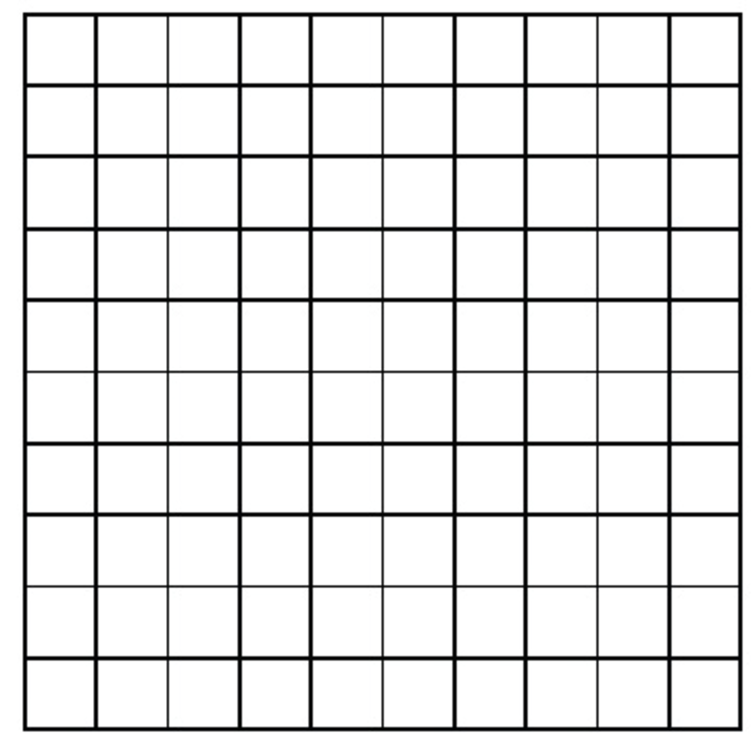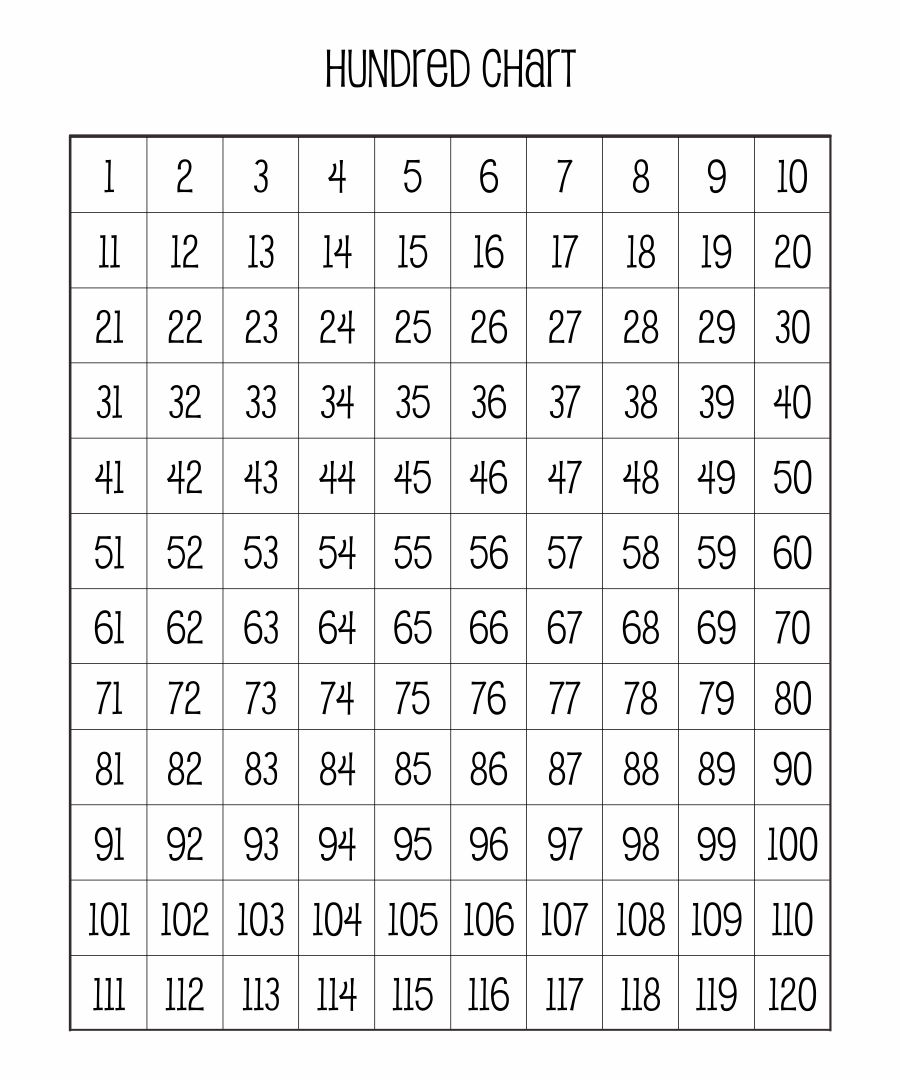A hundred chart, also known as a number grid, is a useful tool in elementary math education. It helps children grasp the concept of counting and number patterns. There are various printable hundred charts available online that can aid teachers and parents in teaching number recognition, skip counting, and basic arithmetic to young learners.
Printable 100 Chart Templates
 One of the printable 100 chart templates that you can find online is a blank grid chart with numbers from 1 to 100. This chart is a valuable resource for students to practice number recognition and counting. With a blank grid, children can also fill in the missing numbers, helping them understand the sequential order of numbers.
One of the printable 100 chart templates that you can find online is a blank grid chart with numbers from 1 to 100. This chart is a valuable resource for students to practice number recognition and counting. With a blank grid, children can also fill in the missing numbers, helping them understand the sequential order of numbers.
 Another option is a printable 1-100 number chart that features a colorful design. The vibrant colors and clear font make it visually appealing for young learners. This chart is not only useful for counting but can also be used for practicing addition, subtraction, and multiplication.
Another option is a printable 1-100 number chart that features a colorful design. The vibrant colors and clear font make it visually appealing for young learners. This chart is not only useful for counting but can also be used for practicing addition, subtraction, and multiplication.
 A printable 100 chart with numbers in boxes is also available. This chart is often used to help children recognize number patterns. It can be an effective visual aid when teaching skip counting by twos, fives, and tens. The numbered boxes and clear organization of the chart make it easy for students to follow along.
A printable 100 chart with numbers in boxes is also available. This chart is often used to help children recognize number patterns. It can be an effective visual aid when teaching skip counting by twos, fives, and tens. The numbered boxes and clear organization of the chart make it easy for students to follow along.
Benefits of Using Printable 100 Charts
Printable 100 charts offer numerous benefits in elementary math education. Here are a few reasons why teachers and parents find them valuable:
-
- Enhance Number Recognition: The consistent visual representation of numbers helps children build fluency and recognition of numbers from 1 to 100.
-
- Develop Counting Skills: By counting along the rows and columns of the chart, children learn to count in a systematic and organized manner. This lays the foundation for more complex math skills.
-
- Introduce Number Patterns: The horizontal and vertical alignment of numbers in the chart allows children to observe and identify number patterns. This promotes critical thinking and problem-solving skills.
-
- Foster Skip Counting: Printable 100 charts are excellent tools for teaching skip counting, which is an essential skill in multiplication and division. Children can easily identify patterns when they visually see the numbers arranged in rows and columns.
-
- Support Basic Arithmetic: The organized layout of the chart makes it convenient for teaching basic arithmetic operations, such as addition and subtraction. Students can visually see the relationship between numbers and practice computations.
In addition to these benefits, printable 100 charts can also be used for games, classroom activities, and individual practice. Teachers can design engaging activities that involve analyzing number patterns, identifying missing numbers, or solving puzzles using the chart. Parents can print out the charts and use them during homeschooling sessions to reinforce math concepts.
 With the wide availability of printable 100 charts online, educators and parents have easy access to valuable resources for teaching and reinforcing math concepts in a fun and engaging manner. These charts serve as visual aids that can spark the interest of children and help them develop a strong foundation in mathematics.
With the wide availability of printable 100 charts online, educators and parents have easy access to valuable resources for teaching and reinforcing math concepts in a fun and engaging manner. These charts serve as visual aids that can spark the interest of children and help them develop a strong foundation in mathematics.
Conclusion
Printable 100 charts are valuable teaching tools that support number recognition, counting skills, and the development of basic arithmetic abilities. With a variety of chart designs available, teachers and parents can select the most appropriate option to meet the needs of their students or children. Whether it’s a blank grid chart, a colorful 1-100 chart, or a numbered box chart, these resources provide visual representations that facilitate learning and understanding of numbers. Incorporating printable 100 charts into math lessons can make the learning experience more enjoyable and effective for students.
So, go ahead and explore the different printable 100 charts available online. Print them out, laminate them if desired, and watch as your young learners develop confidence and proficiency in counting, number recognition, and basic arithmetic!